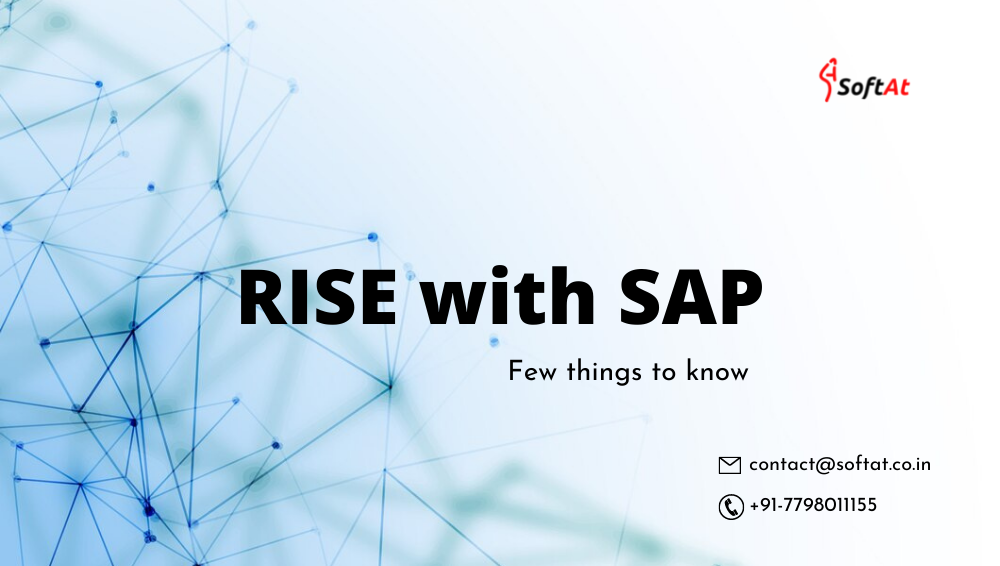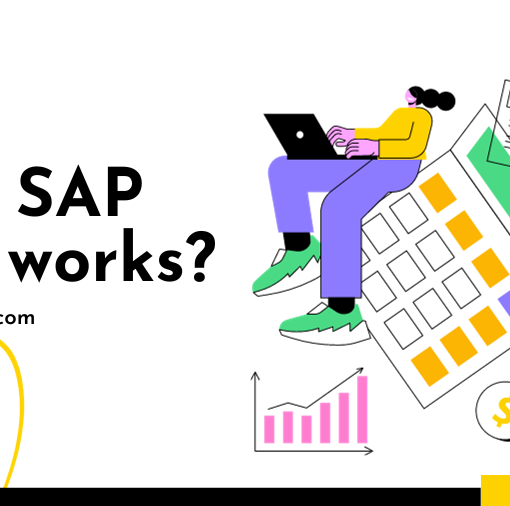RISE with SAP, which was announced by SAP in early 2021, has generated significant interest from all the members of the SAP community.
In the beginning, RISE with SAP bundled SAP’s newly acquired business process intelligence solution with SAP S/4HANA Cloud, technical services to ease the transition cloud infrastructure, and SAP Business Technology Platform (SAP BTP) consumption credits into a single contract. SAP has now added industry and line-of-business-specific extensions, as well as RISE with SAP for Human Experience Management, to its offering.
RISE with SAP is a holistic Business-Transformation-as-a-Service (BTaaS) product from SAP that goes beyond Infrastructure-as-a-Service and Software-as-a-Service to deliver all of the components required to execute its intelligent enterprise in one package. Customers undoubtedly expect business transformation as a result of their RISE with SAP implementation; more than half of respondents to our RISE Benchmark Report (54%) expect RISE with SAP to allow business transformation.
Despite the hype about announcing RISE with SAP, there are a few things which one must know:
1. Cost.
According to the recent survey about RISE with SAP, we’ve found that there are many who still have limited knowledge about some RISE with SAP components. While they claim to know everything there is to know about SAP S/4 HANA Cloud, the aspect of the solution that interests them the most is the cost. SAP S/4 HANA Cloud, BTaaS, a single contract, and industry-specific features are all close behind.
There’s no real surprise that the cost is most interesting to organizations when it comes to RISE with SAP. The research has found that lowering costs is a primary focus for organizations as they move SAP workloads to the cloud, and it is extremely important to those deploying SAP S/4 HANA.
However, the cost hasn’t shifted the focus away from transformation. Process, data, and change transformation are the top three roles respondents envision RISE with SAP playing inside their larger SAP S/4 HANA initiatives.
2. Partners.
Selecting which partners you’ll collaborate with for hosting, advising, installation, and application administration is a major decision related to SAP’s BTaaS offering. Choosing where the implementation will be housed early on and reminding yourself that the RISE with SAP deployment will be hosted in SAP’s environment with the provider you choose – not your own.
If you wish to use data from your RISE with SAP deployment in other cloud-based or on-premise apps and environments, you’ll need to configure connectivity.
3. Security.
RISE with SAP is meant to assist SAP clients in moving and running their processes in the cloud. Part of a company’s cybersecurity is passed off to its cloud partner and SAP during its deployment, but some functions stay with the customer. You must be aware of the boundaries between your responsibilities and liabilities.
Everything was under the control and responsibility of the customer in the traditional On-Premise world. SAP clients must now rethink roles, responsibilities, and obligations as a result of the transformation approach.
4. Contracts.
Prior to the RISE offering, a company going to the cloud had to sign numerous software application licenses, find a hyperscaler, and hire application providers for deployment and management. This necessitated the establishment of numerous business organizations, governance structures, service-level agreements (SLAs), and support agreements. With RISE with SAP, organizations arrange implementation and management services with the application provider, and the rest is managed by SAP, reducing the number of SLA contracts, and other pain points.
The contract procedure and responsibility have been simplified; nonetheless, the SAP S/4HANA license has gotten more complicated, including indirect access. To minimize large costs and underused apps, customers should spend some time analyzing their present licenses and mapping them to SAP S/4HANA licenses.
While many firms have implemented SAP S/4HANA (11,500 clients, according to SAP data quoted in the paper), “at least three times that many existing enterprise ERP customers have yet to make the shift,” according to the research. Respondents ranked selecting a partner with experience deploying SAP S/4HANA as a top criterion for transformation.
“Securing a partner who has experience not only delivering SAP S/4HANA but also performing transformation and standardization is vital to a successful transition,” according to the warning. However, as 2027 approaches, recruiting these partners may become more difficult, as more enterprises seek to advance their broader transformation and SAP S/4HANA programs.”





